Tips for turning lookers into bookers
Attracting a high number of visitors to your website is only half the battle for success. Jason Dickson, head of partner optimization and analytics at Expedia Affiliate Network provides tips on boosting conversion rates.
"Historically, website owners have concentrated on getting the maximum amount of traffic to their sites, but if there’s not enough emphasis on the customer experience it can lead to more potential customers leaving your site before making a purchase – and the highest traffic figures in the world are worth nothing if none of your visitors convert to sales.
Below are some of the most common best practices for improving conversion:
1. Speed and stability
This may seem obvious, but speed and stability is the foundation upon which all additional conversion optimisation is based. Recent studies have demonstrated that a one second delay in webpage response can result in a 7% reduction in conversion. Ensure that your pages load as quickly as possible and finally, spend time investigating any system errors occurring on the site that may impact customers (5XX and 4XX status codes, etc.).
2. Trust and credibility
Trust and credibility are two of the biggest factors influencing whether customers make a purchase on your website. Although customers tend to research products in a logical manner, they often end up making the actual purchase decision based upon emotion. First and foremost is your site’s overall appearance, including how professional it looks, whether the content is organised logically, and if it appears cluttered or uses white space appropriately. Also, clearly displaying any guarantees or assurances that your company offers (e.g. free cancellation, low price guarantees, etc.), especially near the calls-to-action can go a long way to alleviate any anxiety customers may have about booking on your site. Finally, ensure that other trust symbols like security certificate logos and privacy policies are clearly visible, especially near forms where customers are required to enter sensitive information.
3. Clear navigation
It is important that you understand what you want the customer to do on each page of the site (e.g. select a product, sign up for a newsletter, complete a purchase, etc.) and ensure that this action is given the most prominence on the page. Make sure each of your pages has a clear call to action such as a button with action-oriented text (e.g. "Book Now"). Make the trail as easy and intuitive as possible. Don’t force customers to spend time trying to figure out where to go next or what they should be doing on a particular page. Otherwise, they may decide to try their luck on a different site.
4. Transparent pricing
Price is one of the main factors influencing a customer’s decision to buy, but it can also be one of the greatest sources of anxiety. Customers want to feel confident that they are receiving the best possible price for the product and are not getting ripped off. Your website can help reduce this anxiety by ensuring that all price displays are clear and do not cause confusion. Clearly state what is included in the price. Is it per person? Does it include taxes? And, provide an itemised breakout to show how the final price is calculated.
5. Streamlined checkout path
The checkout path is a perfect place to begin optimizing for conversion. Much of the unqualified traffic has left by this point and the remaining customers have expressed interest in your product. It’s important that you keep them engaged and don’t scare them off. First, ensure that your checkout path is as short and streamlined as possible. Any unnecessary steps or fields that are not absolutely critical to complete the booking should be removed. Also, remove any potential distractions from the page including links in the header that take customers away from the purchase path. Finally, help customers through the purchase form by providing them with helpful field descriptions and easy to understand error messages that help customers quickly recover from any errors that they may commit.
One thing that we’ve found at EAN is that conversion optimisation is never finished – it’s a continual process of testing and refining.
If you are just starting out I encourage you to begin with the above suggestions but then get creative and test new ideas to see what works best for your own site. It’s exciting to see your ideas yielding actual results in the form of incremental transactions or lifts in your conversion rate. "
 United Kingdom
United Kingdom United States
United States Asia Pacific
Asia Pacific

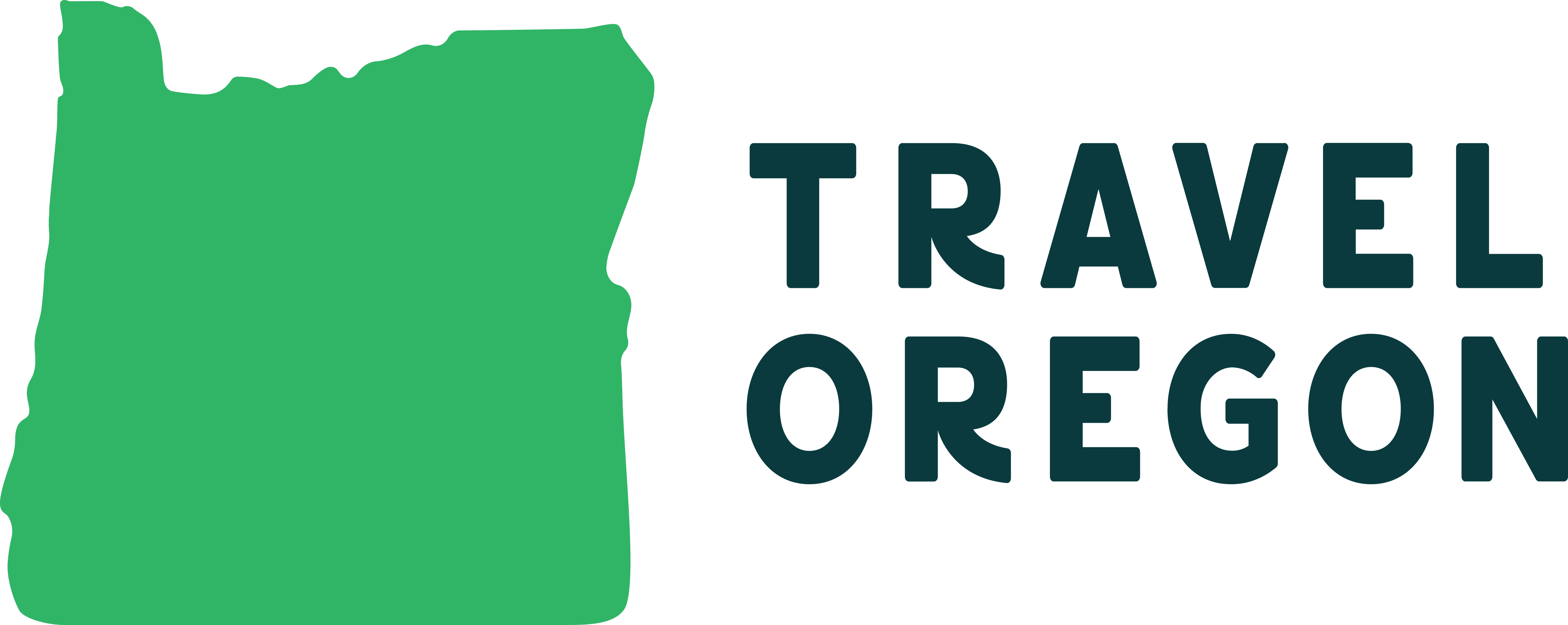
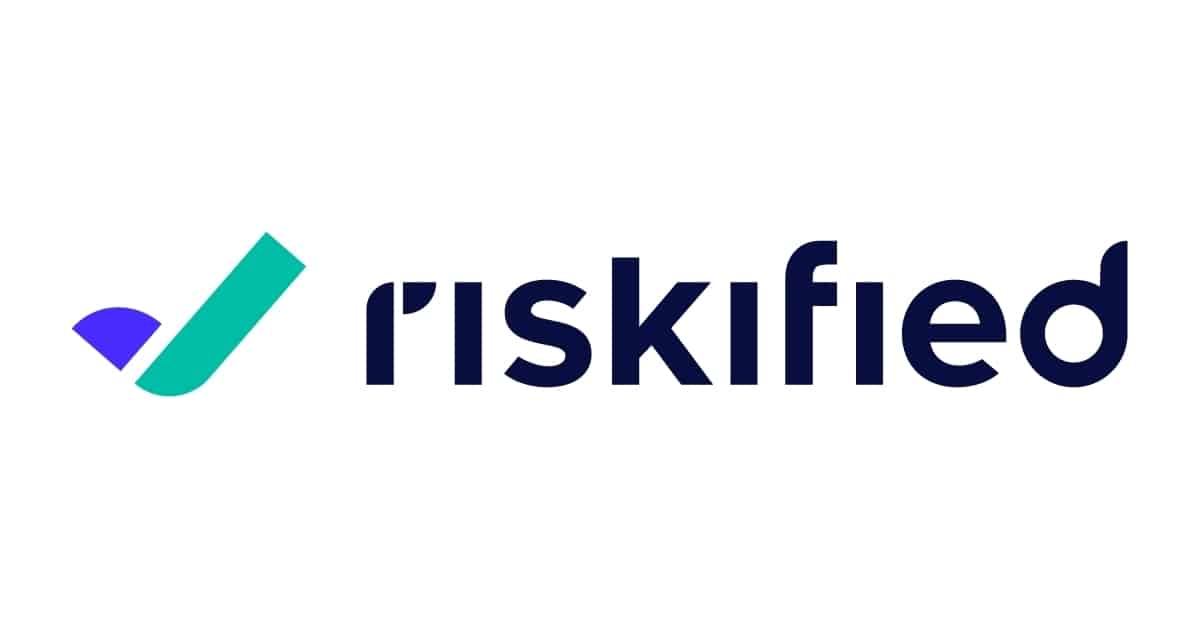
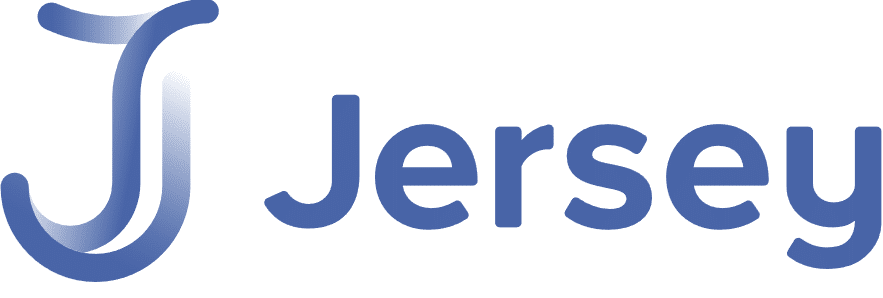









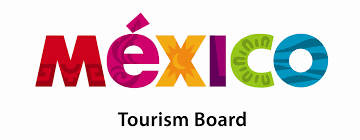




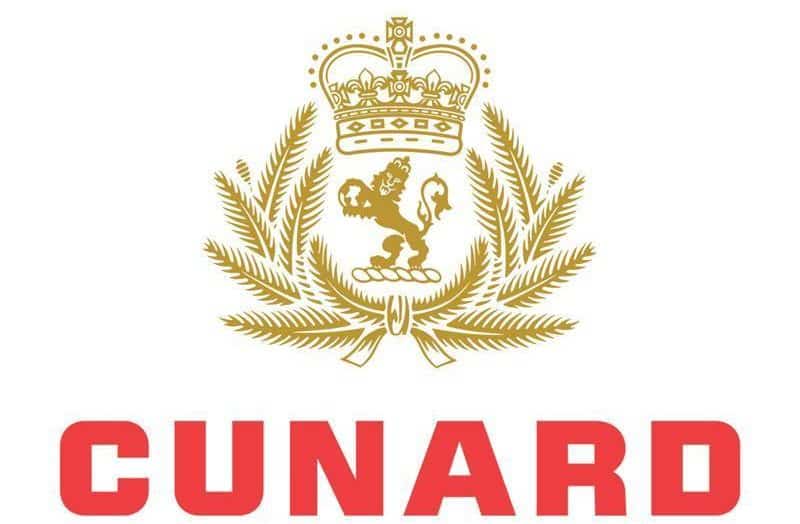

























Dozens fall ill in P&O Cruises ship outbreak
Turkish Airlines flight in emergency landing after pilot dies
Boy falls to death on cruise ship
Unexpected wave rocks cruise ship
Woman dies after going overboard in English Channel